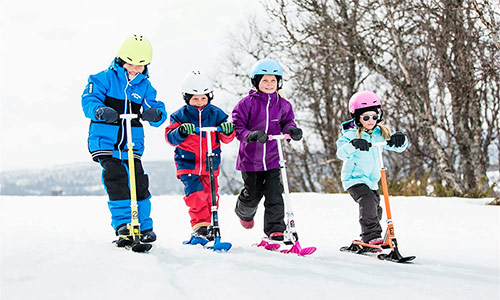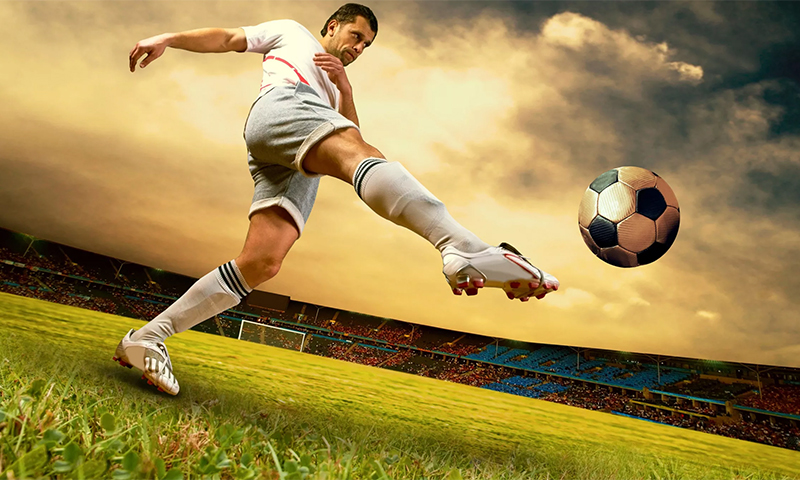Schoolchildren and students, men and women, and even retirees who are more cheerful are engaged in big tennis. And, of course, rackets are needed for all these people. One requires a good impact force, the other hit accuracy, the third - absolute controllability. It is simpler for professional players: they just have to fold the racket a couple of times to understand how it behaves on the court. And for those who are at the beginning of the path, our advice will help determine the choice.

Content:
The best manufacturers of rackets for tennis - which company to choose
Rackets for tennis are not cheap, so when buying is better to pay attention to branded sports equipment. He will not only be more comfortable to lie in his hand, but also will have time to work out all the money spent on him, while the fake can hardly withstand at least a month of intensive training.
The most advanced companies that produce excellent tennis rackets are:
1. Head
2. Wilson
3. Babolat
4. Prince
5. Gamma
We will still consider the best series of rackets from these companies in our articles. In the meantime, let's go through the main characteristics that will help you choose a convenient model for yourself.
Racket device for tennis
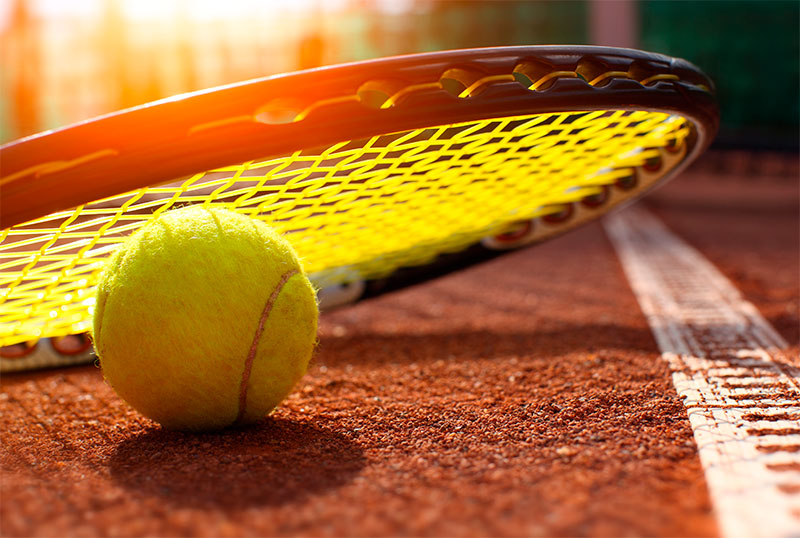
Actually, there is nothing complicated in the design of a tennis racket, but it is still necessary to remember the names of its main elements, so as not to be confused:
1. "Head"
The working plane of the racket, which consists of a rim and strings stretched inside it. It is important here that the tension of the mesh is the same at every point, without sagging in the center.
2. Lever
The second important part of the racket, for which the athlete holds it.
3. Fork
V-shaped connection of the rim and handles, which distinguishes a tennis racket from badminton equipment. This type of articulation partially dampens vibrations that occur when a heavy ball hits, so the hand gets less tired during the game.
Types of tennis rackets
Training
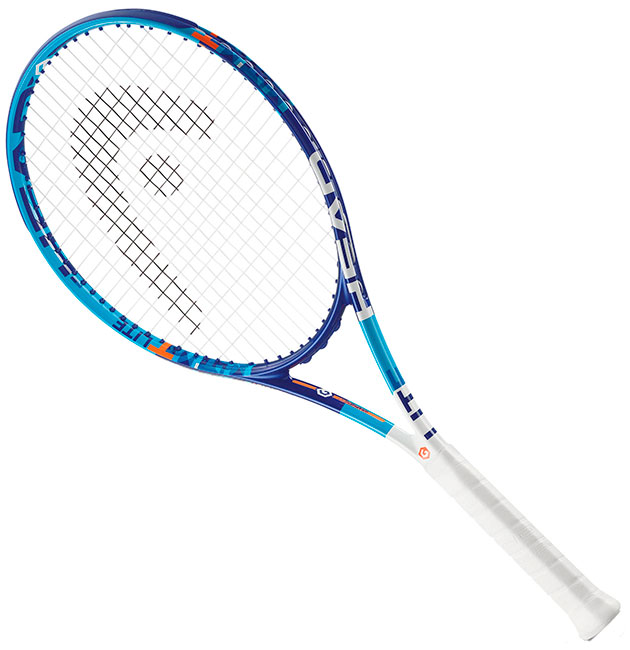
Training models are used to improve attack and practice powerful hits. They have an increased head area (from 690 sq. Cm and above), respectively, the weight is also rather big - about 270-300 grams. The string tensioning scheme for such models is open: 16 vertically and 19 horizontally. This formula helps spin the ball while repelling the blow.
The length of the rackets for a powerful game approaches the maximum permissible value and is about 70 cm. The balance is slightly shifted to the head - the center of gravity is at around 38.5 cm, which provides tremendous impact force.
Pros:
- A powerful blow coupled with the ability to spin the ball;
- A large head area is convenient for playing on the back line, and it will be more difficult to miss the ball;
- Increased strength;
- Good vibration damping;
- Relatively low cost.
Minuses:
- Heavy;
- 16x19 grid stretches faster;
- Not very "maneuverable."
Power racquets are often categorized as inventory for beginners. But here we must remember that not every model is suitable for beginners for a powerful game.
If you go to the court for the first time, look for a racket with less weight and a neutral balance to avoid possible injury to the hand. At the zero stage it is much more important to sharpen the technique.
Amateur (club)
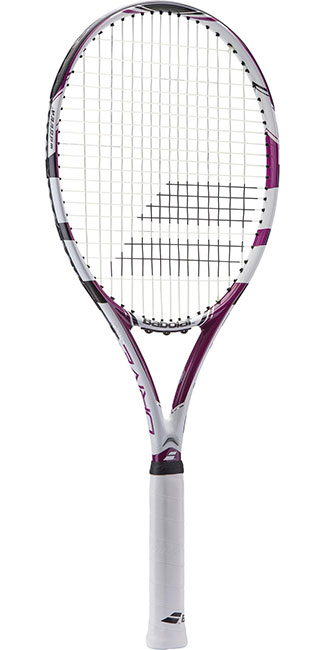
Such models in English are called tweener - this term refers to the average level of the game. Here, just like in “powerful” racquets, the head size (590-660 sq. Cm) and overall length are increased, but the weight is slightly more - about 280-320 grams.
But the balancing and string formula can be anything: the player who has gained experience will decide for himself what is more important to him - maneuverability or the strength of the blow. Club racket can be called universal, because with them it is equally good to serve and hit the ball, spin or send it straight.
Pros:
- Easier to choose a model for themselves;
- Sufficient impact strength and good maneuverability;
- Universal - suitable for athletes with any experience (excluding beginners);
- They come with neutral balance more often, so they can be used both for attack and defense.
Minuses:
- Provide only average game scores;
- Too heavy for beginners;
- Not everyone is comfortable wield such a large "shovel."
Professional

These super controllers of increased control of the game are thought out to the smallest detail. The heaviest models weighing up to 370 grams fall into the professional category, but with a small head - an area of about 550-610 square meters. see Balance is often shifted to the handle, which improves the controllability of the racket, and the low impact power is fully compensated by the athlete’s own strength and playing technique.
Pros:
- Despite the serious weight, this racket is easier to maneuver;
- The small area of the stringed surface makes it possible to concentrate the beat;
- High strength and long service life;
- Perfect ergonomics.
Minuses:
- Heavy;
- Very expensive;
- Sold only in specialized stores or via the Internet.
Options for the selection of rackets for tennis
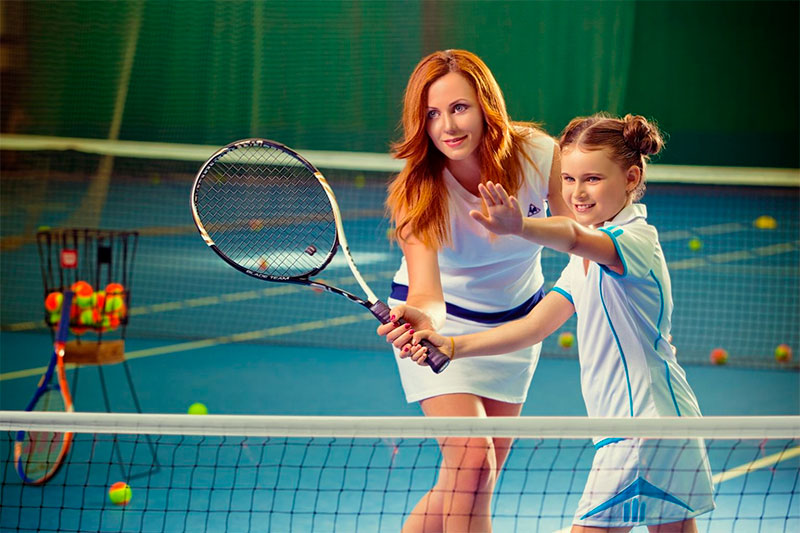
Weight
The weight of the racket depends on the personal preferences of the potential owner and the style of the game: the higher it is, the more powerful the serve or attack will be.
However, you should not immediately grab hold of heavy equipment - if you are not used to it, your hand will quickly tire, and the desire to play tennis will disappear for a long time:
- Beginners and women better choose lightweight rackets weighing from 240 to 280 grams;
- Depending on age, children can choose models in the range of 150-240 g;
- Physically developed men with sufficient experience of the game will suit heavy rackets from 280 to 370 g.
Over time, it will be possible to change the weight of the racket or buy a new one by choosing something heavier. But experts recommend not making abrupt transitions: +15 grams to the usual weight will already give a tangible effect.
Length
The length of the racket is chosen based on their own experience of the game. For example, beginners are best suited for short models at 65-69 cm. With such a racket, it is easier to direct the ball and it is more convenient to play under the net.
The length from 69 to the maximum permitted 73 cm is chosen by experienced amateurs and professional players. Here, the impact force is obtained at the expense of the “lever”, although maneuverability suffers a little.
Balance
Rackets for tennis can have three types of balancing: in the head, in the handle or in the center - and each of them has its own requirements for the technique of the game. For example, if you prefer an attacking style, you need a balance racket in your head that provides powerful feeds. The “tool” with the outweighing handle is suitable for people who play in defense, and prefer strength and maneuverability to strength. The center balance is considered optimal - such racquets are universal.
Manufacturing material
Its weight and "vitality" depend on the material of the racket:
1. Aluminum is a light, not too expensive and fairly durable metal. Breaking it is hard, but bending is quite realistic. As a rule, children's racquets are made of aluminum.
2. Graphite - today at the peak of popularity. Almost all high-quality rackets are made of graphite composite - light and hard at the same time.
3. Titan - on the main indicators in no way inferior to graphite (if you do not take into account the exorbitant cost). Rackets from it turn out easy and strong, but the graphite-titanium composite shows much better itself.
4. Hypercarbon - an innovative material, the development of which had a hand in scientists from NASA. Carbon models are several times stronger than titanium ones and almost twice lighter than them - ideal for children and women.
The best performance have a racket of composite materials. Their composition may include any reinforcing substances, in addition to the above graphite.For example, ceramics, increasing the rigidity of the projectile, or fiberglass, which makes the rim of the racket more flexible.
Face
Our sellers are trying to give information on the size of heads in square centimeters or at least inches, but abroad, from where all good tennis rackets come from, is bypassed with symbols.
For better orientation, we give all the options for marking the area of the string surface:
1. Midsize
This class includes the smallest heads of 452-574 square meters. cm or 70-89 square inches. It is easy to control the game with them, it is easier to make a swing due to the minimal air resistance, but it is possible to switch to such rackets only when you hone your skills.
2. Midplus (sometimes called Mid-over)
The most common option area of 580-677 cm2 or 90-105 square meters. inches This is the optimal size, ensuring good accuracy of hitting the ball and sufficient impact force.
3. Oversize
The heads of the increased area are 110-115 inches square (710-742 sq. Cm). As a rule, they are addressed to beginners, since due to their size they reduce the number of inaccurate and weak punches. Aerodynamic performance of such rackets are not the best, but they allow you to spin the ball and quench the vibration well.
4. Superoversize
The largest racket with a string surface area 116-135 square. inches (748-871 cm2) provide maximum power in the pitch and attack, but are difficult and difficult to control. Here the athlete will need not only experience, but also good physical training.
Not the last role is played by the number of strings. There are many formulas of weaving, but the most common are: open (16x19) and closed (18x20).
Despite the seemingly small run-up, in the game these grids behave differently. In the first case, we get a good spin of the ball, but rapid surface wear, in the second - maximum control and an increased load on the brush.
The strings themselves can be natural or synthetic. Natures are made from the veins of animals and were previously considered more convenient and reliable. However, technologies do not stand still: now synthetic nets of nylon fibers are almost as good as natural ones. The price for artificial strings is much lower, which finally puts a fat cross on obsolete gangue.
Lever
It is important to choose the right thickness under your palm.
There are several dimensional grids used by manufacturers of sports equipment: some indicate the circumference in inches, others simply number the handles in numbers from 1 to 7, where the unit corresponds to the minimum value:
- The first and second sizes are suitable for children;
- Pens 3 and 4 numbers are addressed to women;
- Sizes 5 to 7 are considered male.
However, you should not rely on bare numbers: you must always hold the racket in your hand to determine how comfortable it is. To check, grip the handle, and if there is a finger gap thick between the tips of your fingers and the pad of your palm, the racket fits you perfectly.
Rim width
This indicator affects the aerodynamic characteristics of the racket and the size of the impact spot. But to a greater extent the thickness of the rim will affect the course of the game. If you are new and make short, slow moves, take a model with a wide rim up to 3 cm. But be careful - if you hit the ball there is a high risk of injuring the brush.
For fast and wide swings, a narrow rim 18-20 mm thick is best suited.
Which racket to choose

1. If you're new, look for a balance-racked power racket or balanced center of gravity. Choose the area of string weaving from the Oversize size range, but try not to take too heavy equipment, even if you have enough strength in your hands. Stop on carbon or more flexible aluminum racquets while you work on your technique.
2. An aluminum or carbon racket, weighing no more than 280 grams, with a width of the handle of the second and fourth size, is also suitable for an amateur girl. The optimal head type is Midplus or Oversize, the rest of the selection criteria are at your discretion.
3. For an amateur male club or training racket made of titanium and graphite, weighing about 300 grams and with a handle 5-7 size.The area of the strings - the more, the better, if there are problems with accuracy.
4. An inexpensive aluminum racket with a shortened handle from 43 to 66 cm of the first or second size will fit the child. The area of the stringed surface should be maximum, but without a significant increase in weight - try not to go beyond 150-215 grams.
5. For those who have already achieved impressive results in big tennis, it makes no sense to recommend a particular model. The only thing that can be advised is to refine the technique, try to reduce the area of the mesh surface and go to the closed formula of weaving 18x20 to more accurately control the ball during the game.
The cost of rackets for tennis
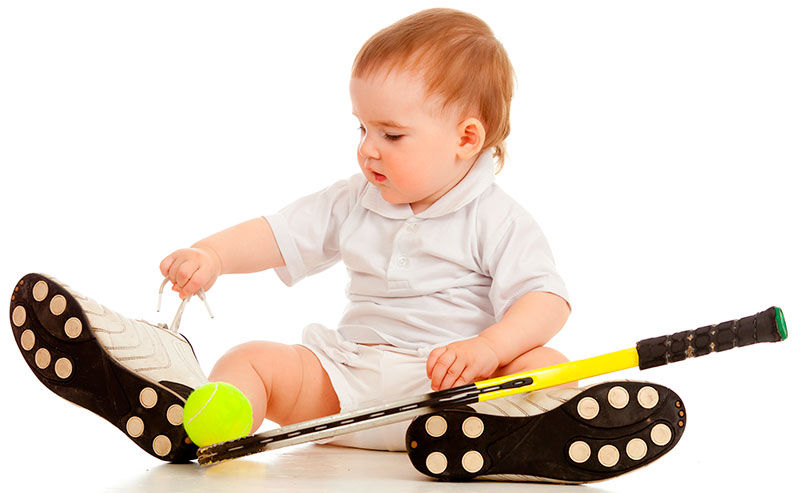
1. Children's models can be purchased at prices ranging from 630 to 2000 rubles.
2. "Adult" amateur rackets for tennis are much more expensive (1500-8000 rubles).
3. The cost of professional sports equipment ranges from 7-22 thousand.
It will be interesting to friends too




